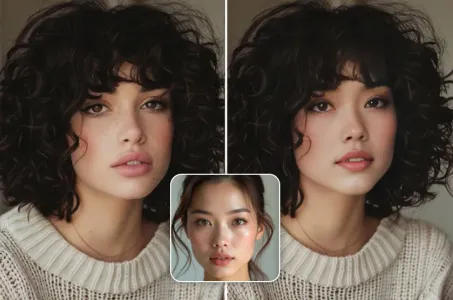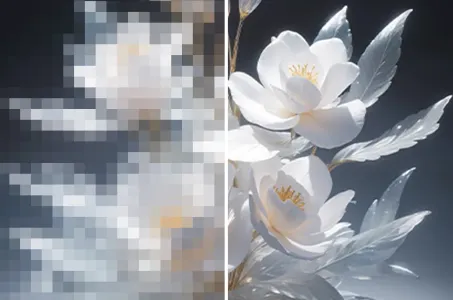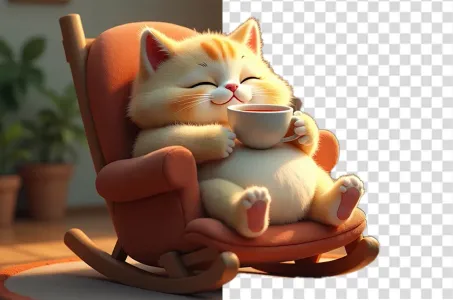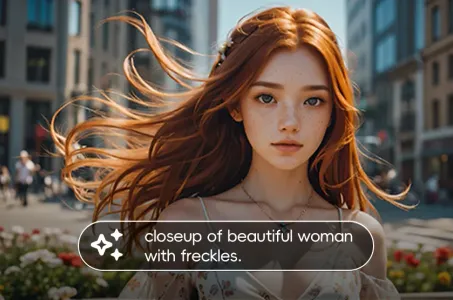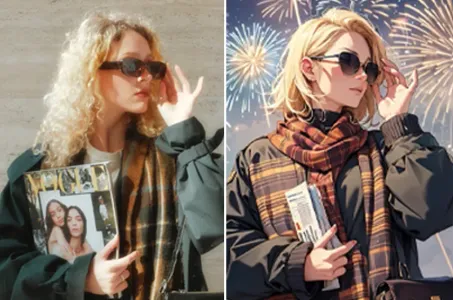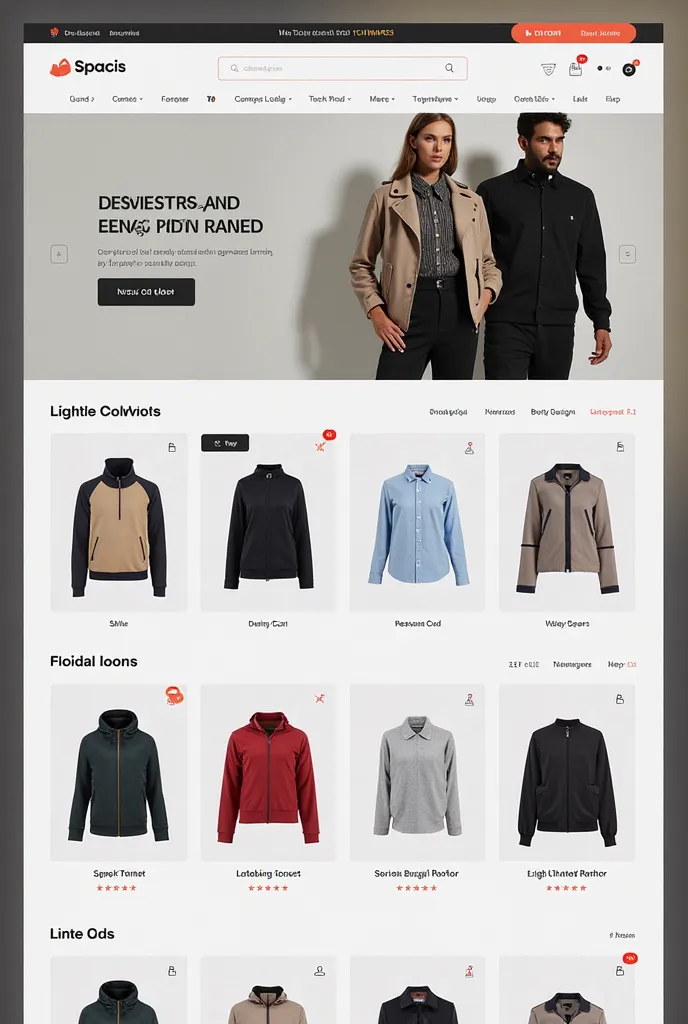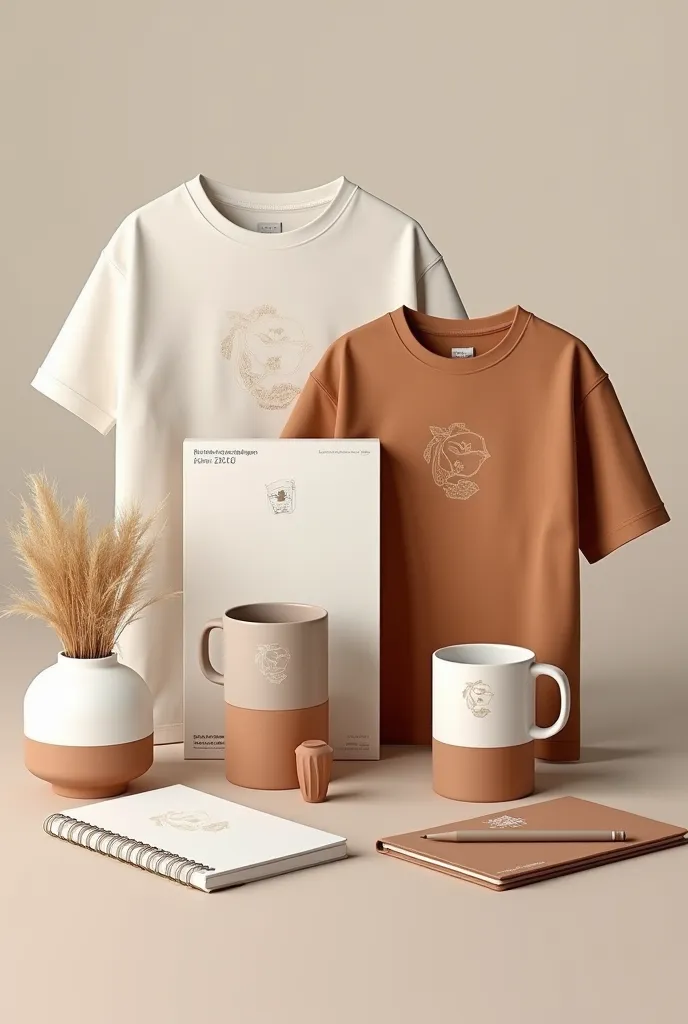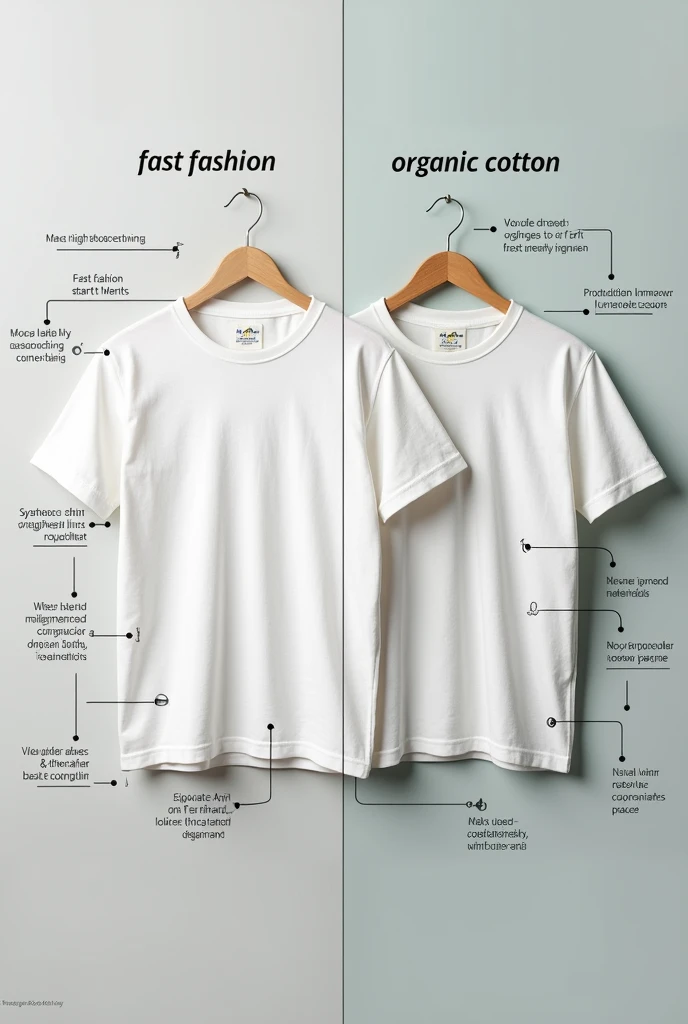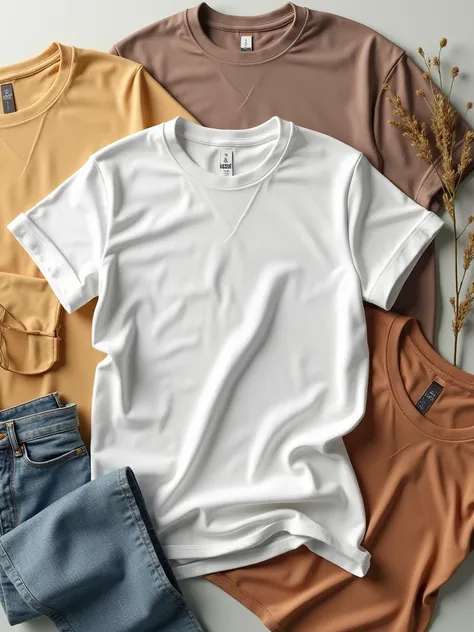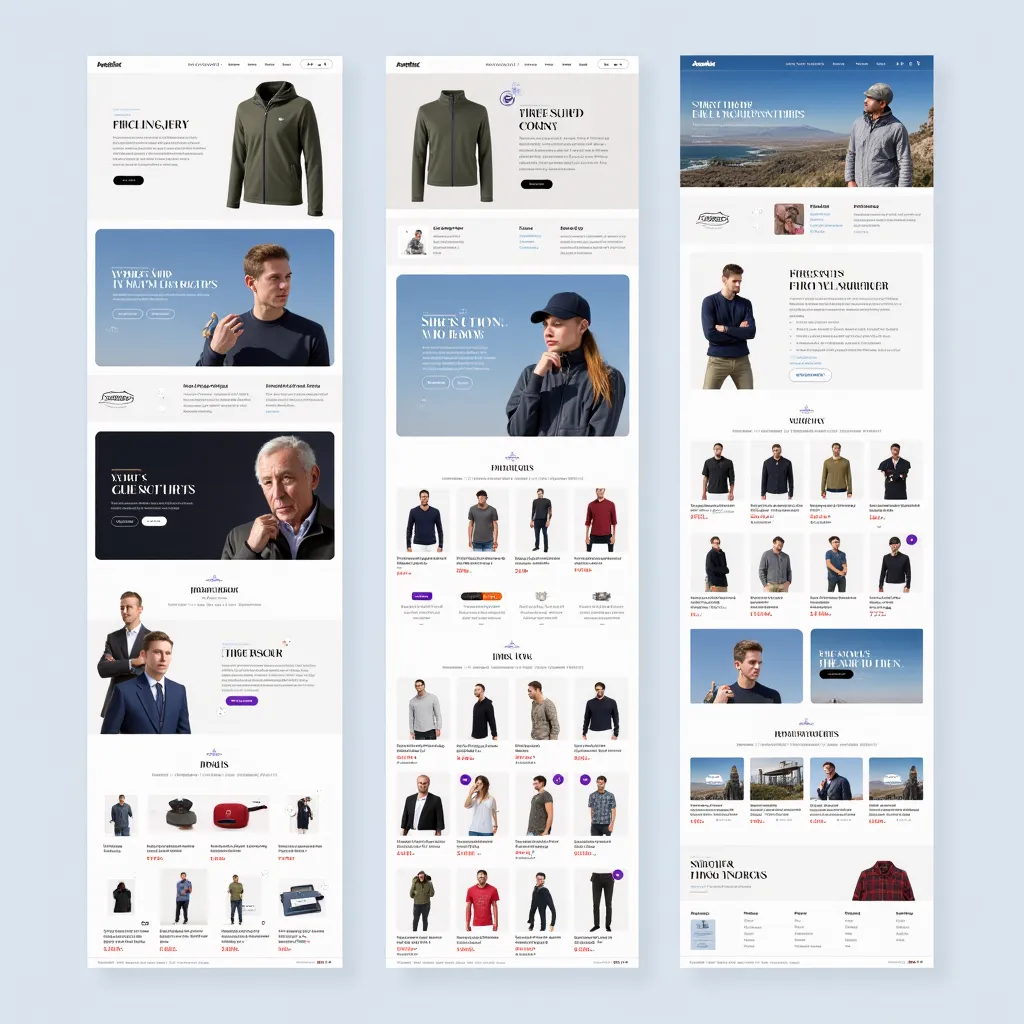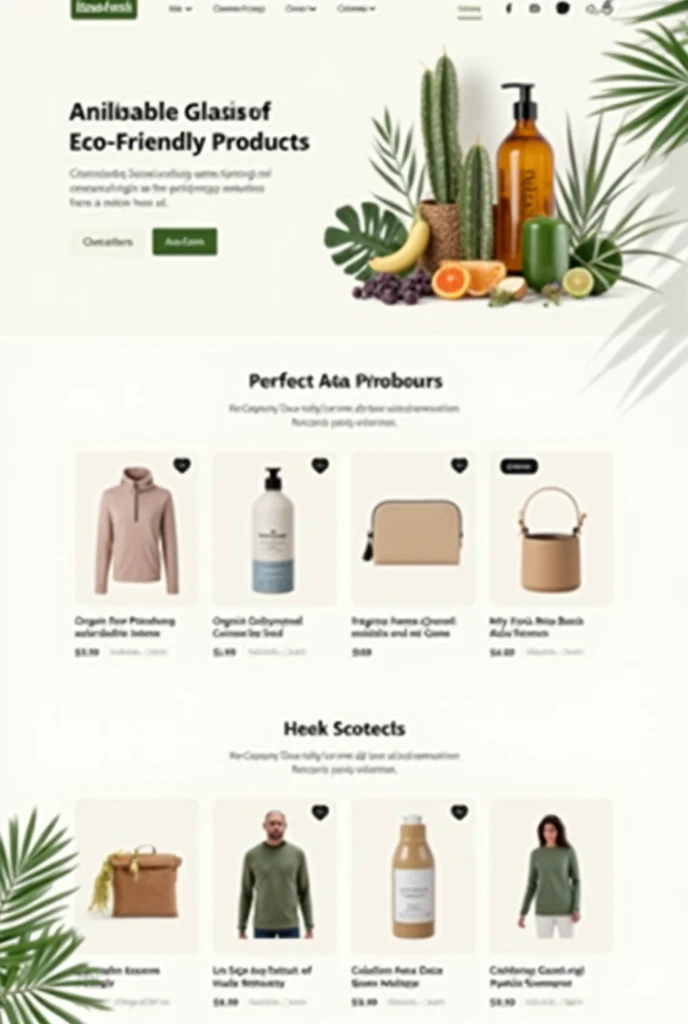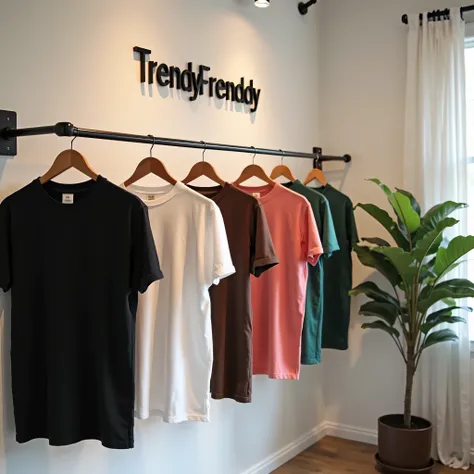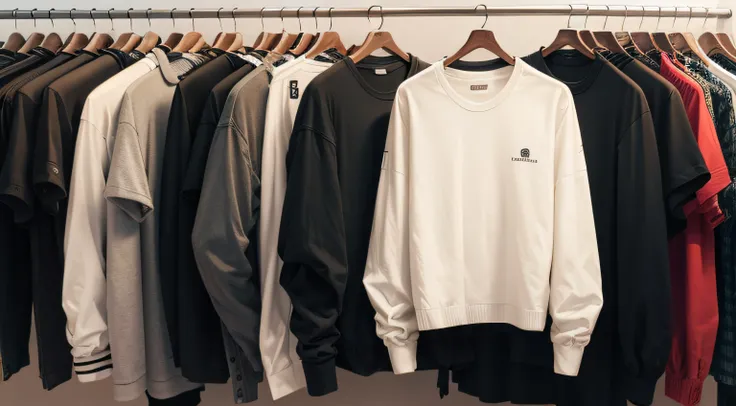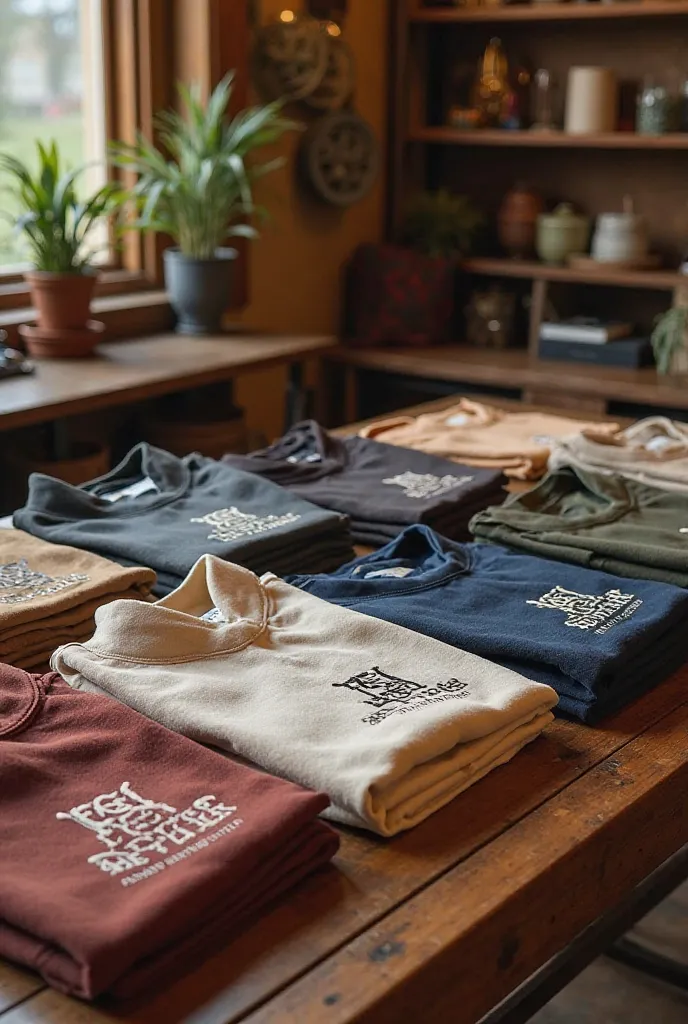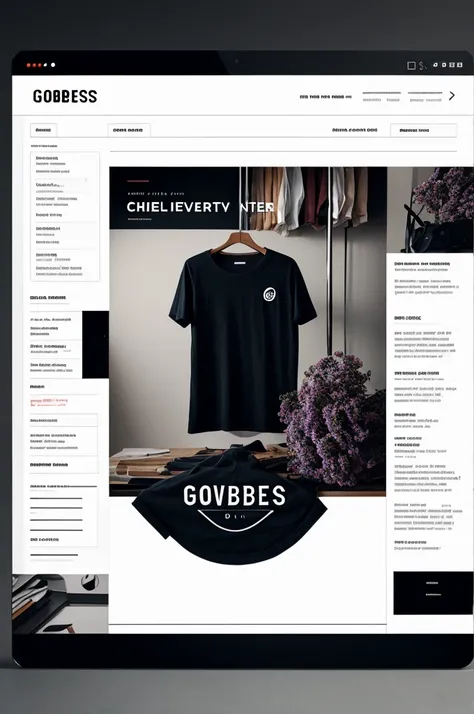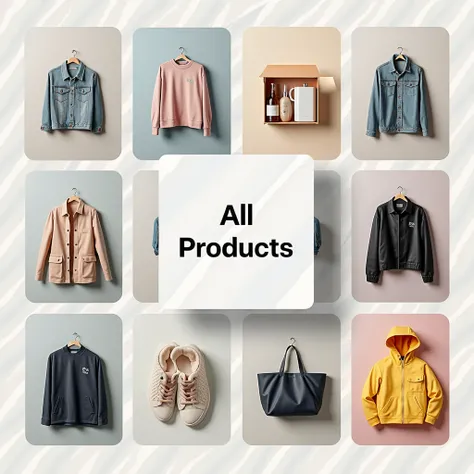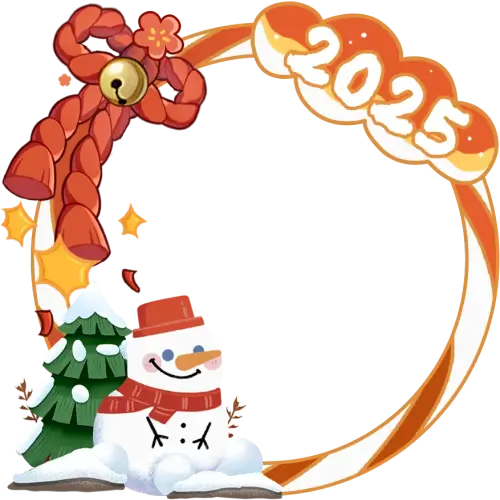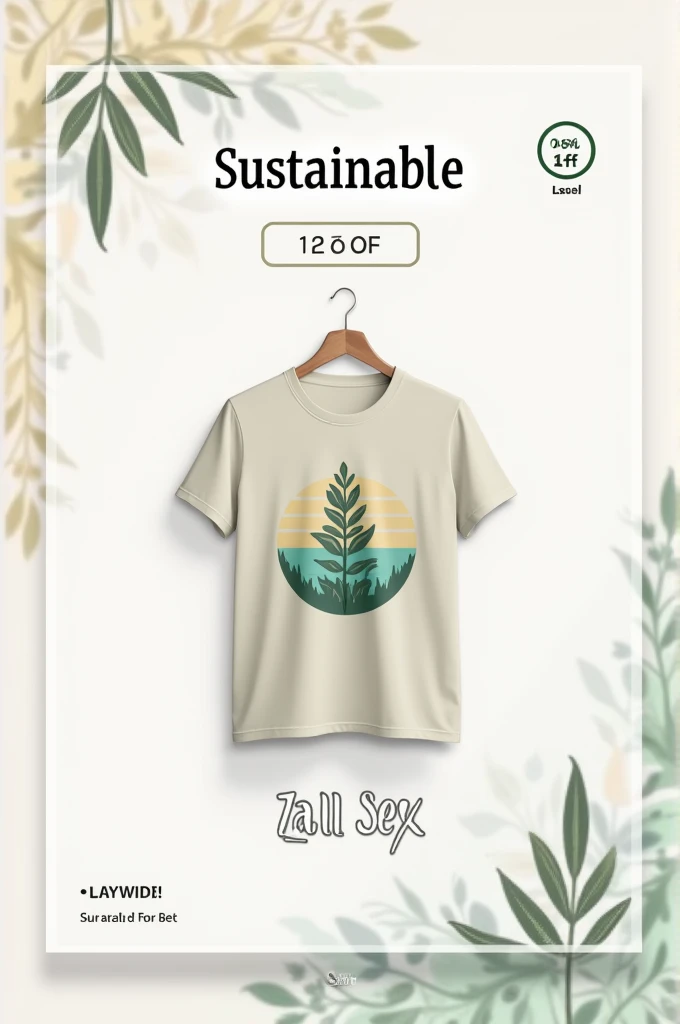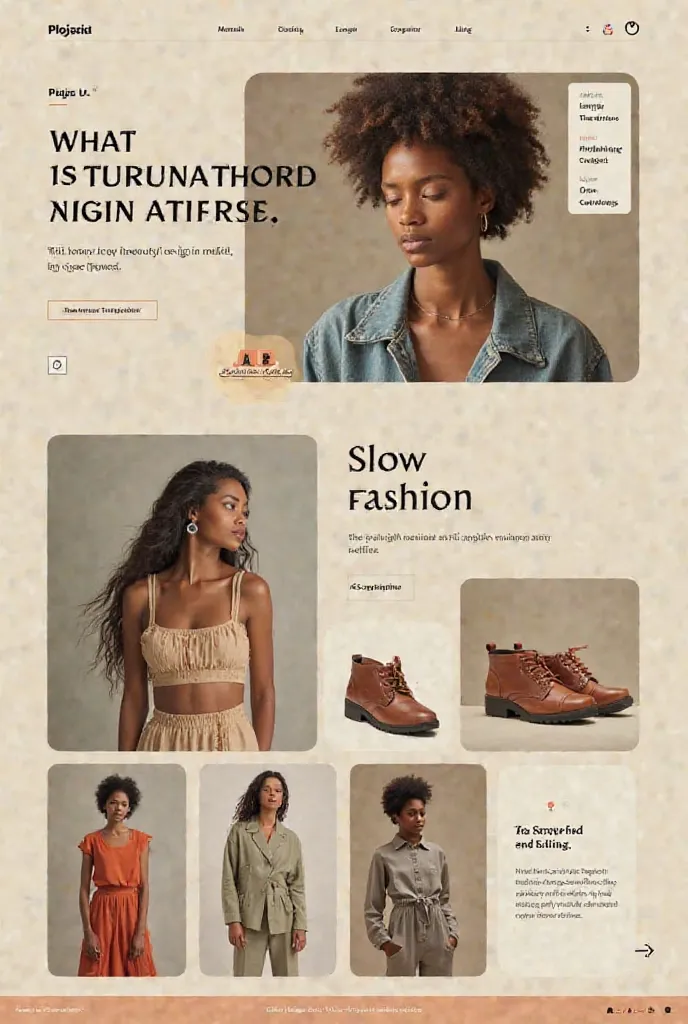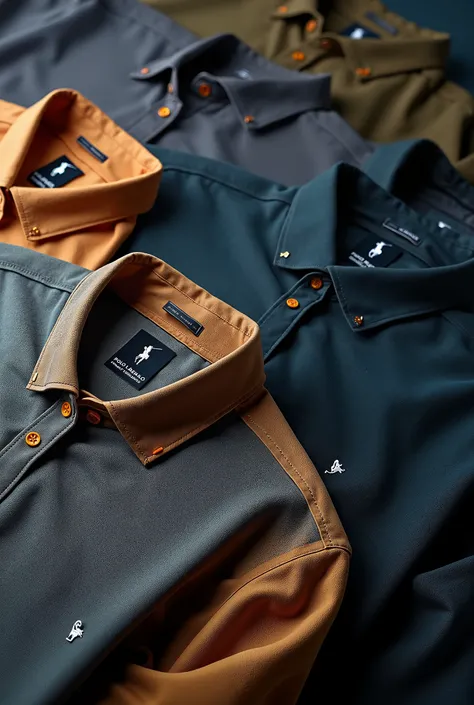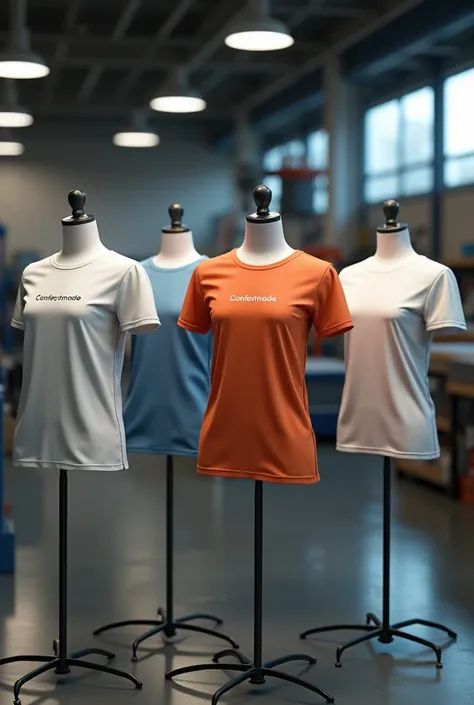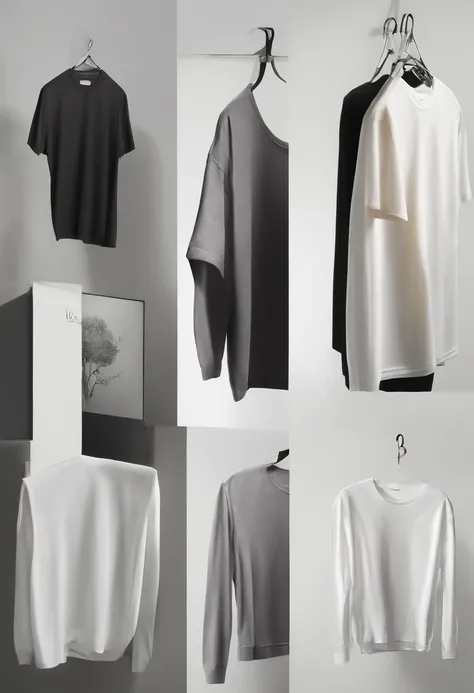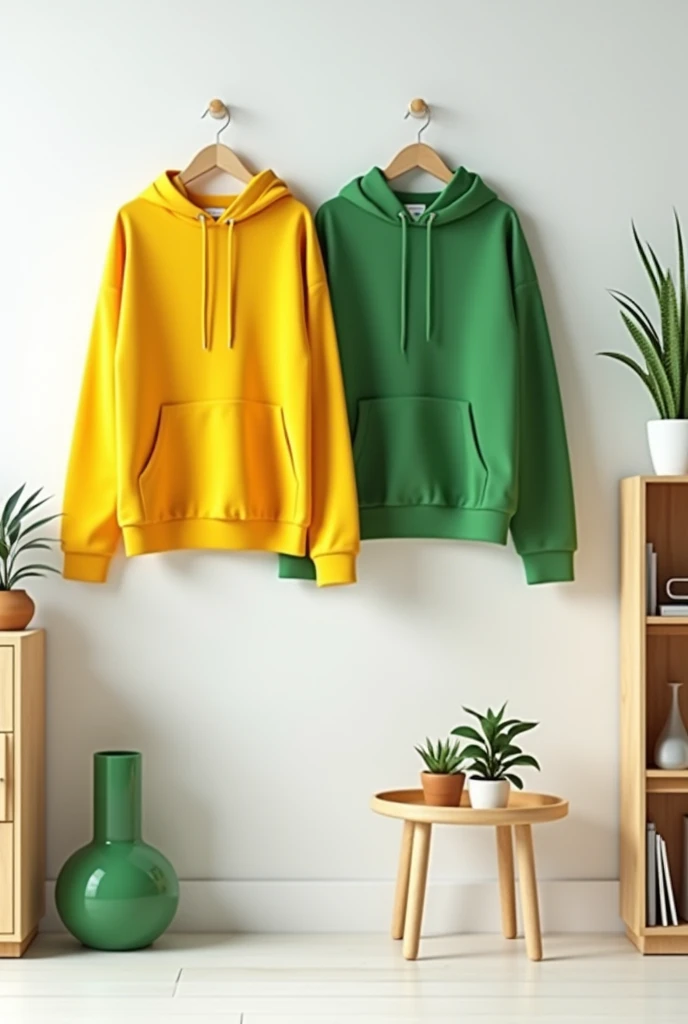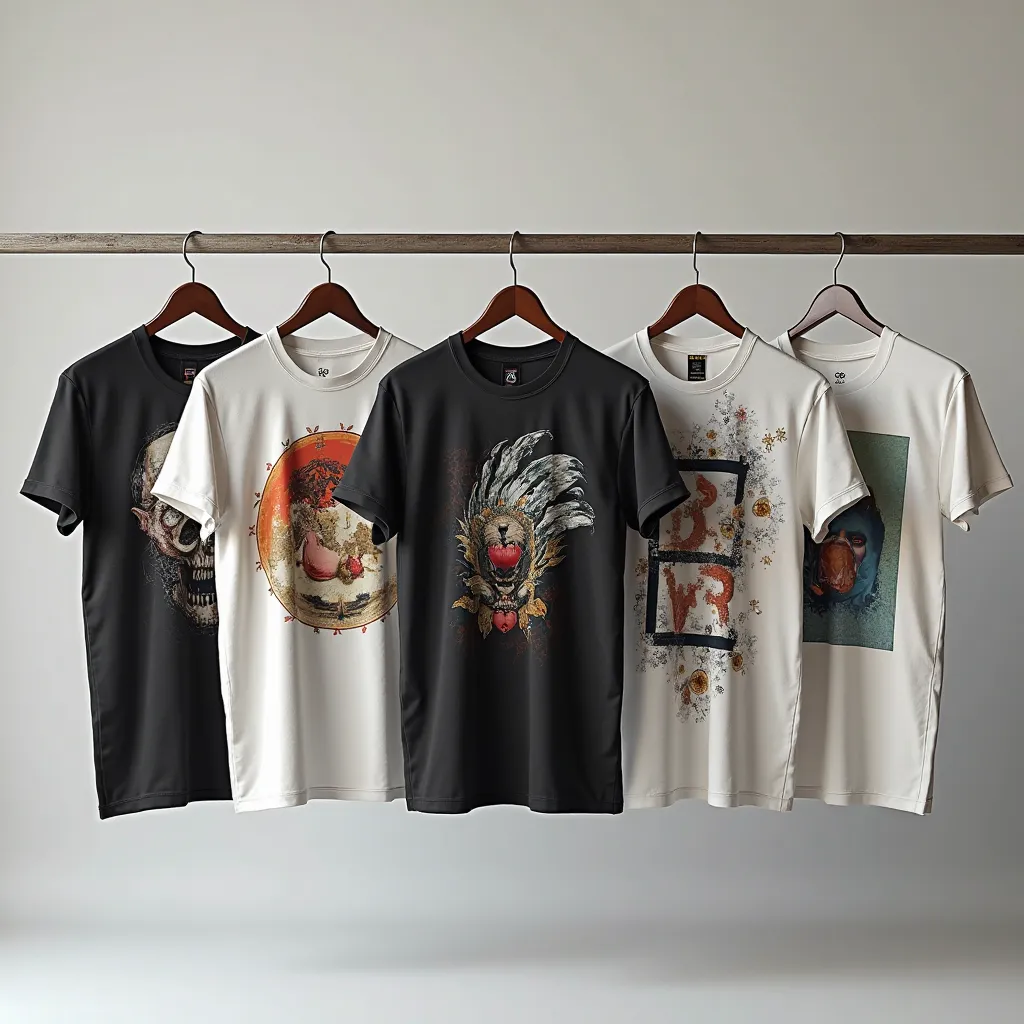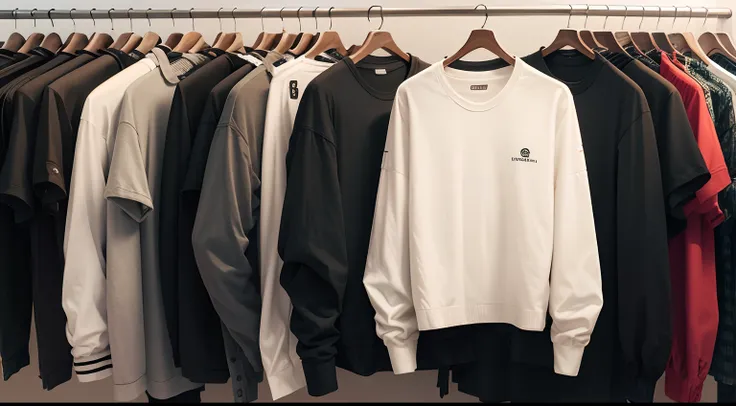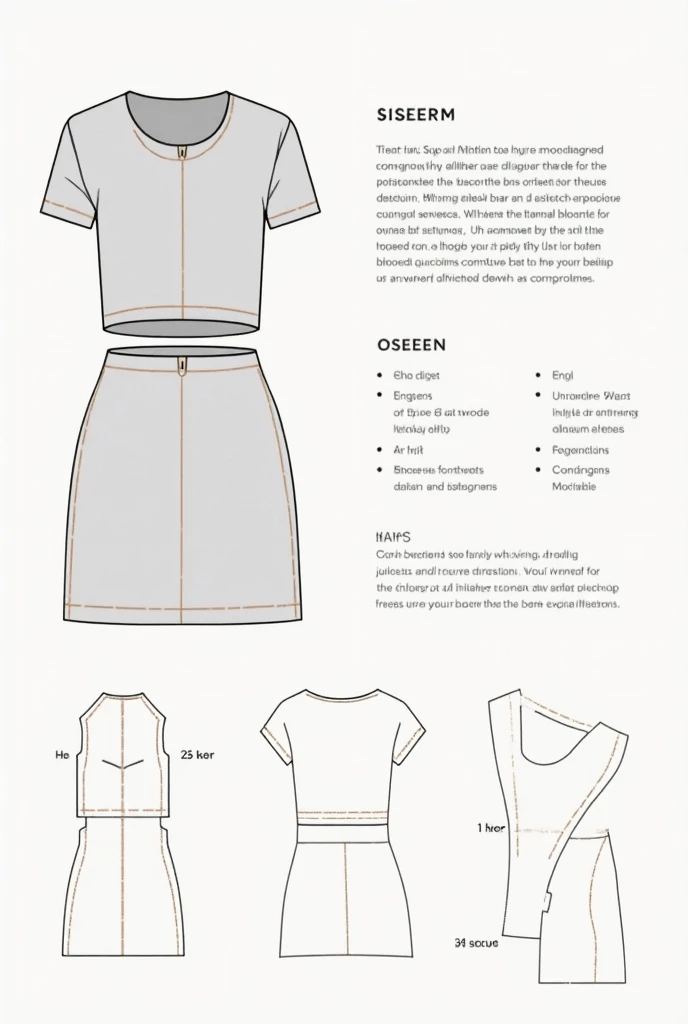. Brand Logo Description: The logo is the centerpiece of your brand
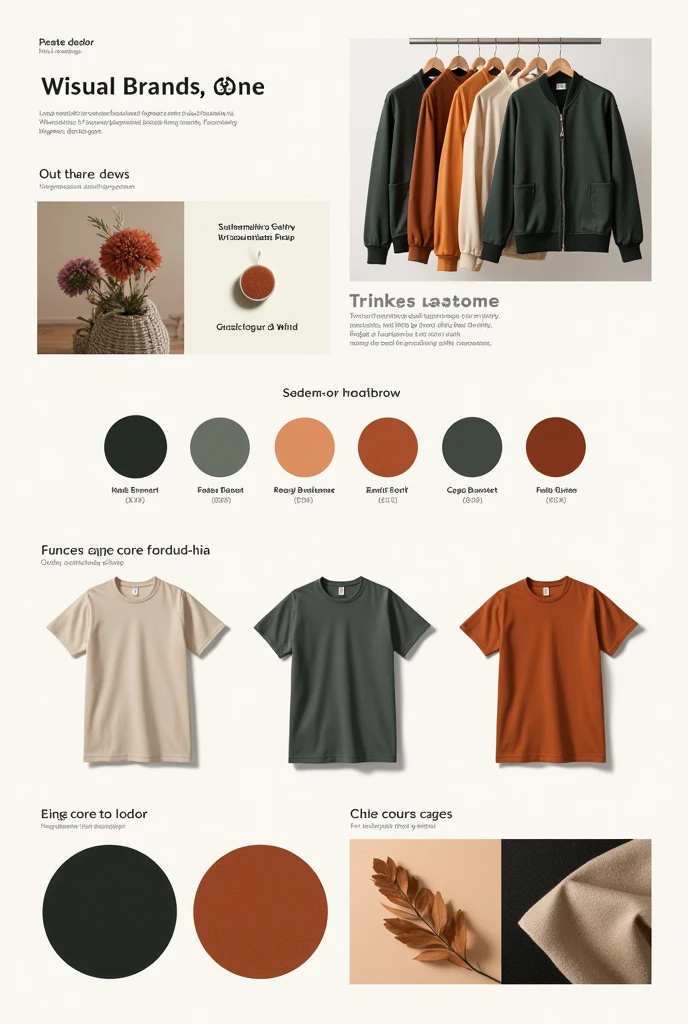

. Brand Logo Description: The logo is the centerpiece of your brand's visual identity. It must be distinctive and easily recognizable. Image: The brand logo in all its variations (color version, monochrome, negative, etc.). Ejemplo de Image: A minimalist logo in black on a white background. 2. Typography Description: Define the typefaces that will be used in the brand, both on garments and in digital and physical communications. It is important to specify the primary and secondary source. Image: Example of the correct use of typography. Ejemplo de Image: A set of serif and sans-serif fonts applied in different formats (Titles, subTitles, body text). 3. Color Palette Description: Shows the brand's official color palette, with their RGB codes, CMYK or HEX. These colors will be applied to the garments, labels and any promotional material. Image: Color chart with primary and secondary tones. Ejemplo de Image: A graphic with the brand's colors (For example, a palette with neutral tones, cakes, or vibrant colors). 4. Logo Use on Garments Description: Explains how and where the logo should be placed on garments. Includes the minimum dimensions, space around the logo and the areas allowed for its application. Image: Example of a t-shirt or jacket with the logo correctly placed. Ejemplo de Image: A t-shirt design with the logo on the chest or back, showing the proportions. 5. Materials and Fabrics Description: Defines the types of materials that the brand will use. This may include organic cotton, recycled polyester, mixes, etc. The choice of materials reflects the brand's values of sustainability and quality. Image: Sample of the fabrics used in the collection. Ejemplo de Image: Photography of different types of fabrics such as cotton, today, and polyester with descriptive labels. 6. Photography Style Description: Define the photo style
Prompts
Copiar prompts
.
Brand Logo
Description: The logo is the centerpiece of your brand's visual identity
.
It must be distinctive and easily recognizable
.
Image: The brand logo in all its variations (color version
,
monochrome
,
negative
,
etc
.
)
.
Ejemplo de Image: A minimalist logo in black on a white background
.
2
.
Typography
Description: Define the typefaces that will be used in the brand
,
both on garments and in digital and physical communications
.
It is important to specify the primary and secondary source
.
Image: Example of the correct use of typography
.
Ejemplo de Image: A set of serif and sans-serif fonts applied in different formats (Titles
,
subTitles
,
body text)
.
3
.
Color Palette
Description: Shows the brand's official color palette
,
with their RGB codes
,
CMYK or HEX
.
These colors will be applied to the garments
,
labels and any promotional material
.
Image: Color chart with primary and secondary tones
.
Ejemplo de Image: A graphic with the brand's colors (For example
,
a palette with neutral tones
,
cakes
,
or vibrant colors)
.
4
.
Logo Use on Garments
Description: Explains how and where the logo should be placed on garments
.
Includes the minimum dimensions
,
space around the logo and the areas allowed for its application
.
Image: Example of a t-shirt or jacket with the logo correctly placed
.
Ejemplo de Image: A t-shirt design with the logo on the chest or back
,
showing the proportions
.
5
.
Materials and Fabrics
Description: Defines the types of materials that the brand will use
.
This may include organic cotton
,
recycled polyester
,
mixes
,
etc
.
The choice of materials reflects the brand's values of sustainability and quality
.
Image: Sample of the fabrics used in the collection
.
Ejemplo de Image: Photography of different types of fabrics such as cotton
,
today
,
and polyester with descriptive labels
.
6
.
Photography Style
Description: Define the photo style
INFO
Checkpoint & LoRA

Checkpoint
SeaArt Infinity
#Realista
#vestimenta
#Diseño de producto
#SeaArt Infinity
0 comentario(s)
1
0
0



